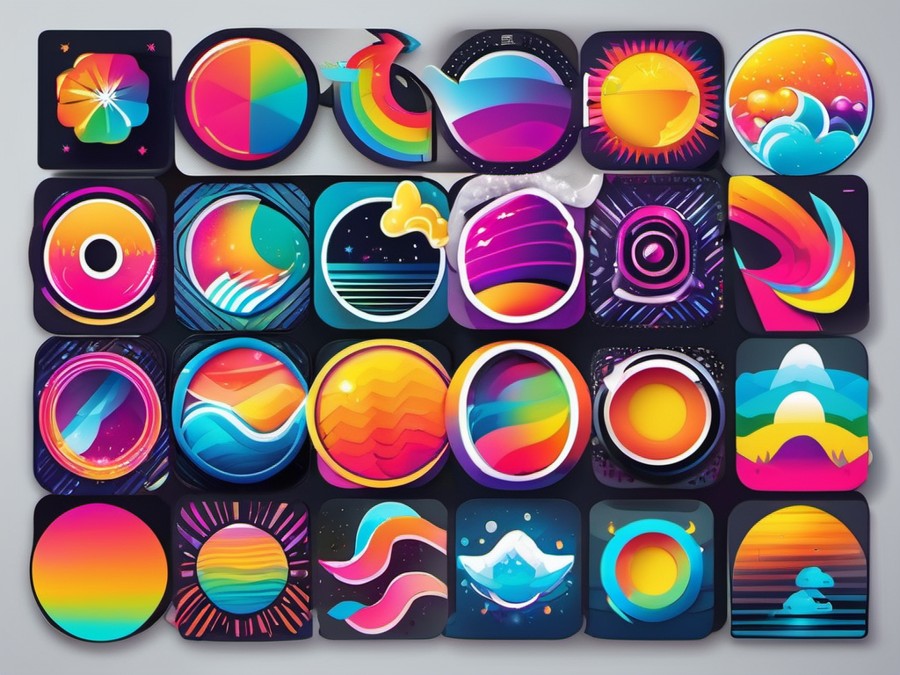· Charlotte Will · Macro & Ringlight Flashes · 7 min read
What is the Difference Between Macro and Ring Light Flashes?
Learn the key differences between macro and ring light flashes, their benefits, and which one to choose for your photography needs. This guide covers everything from design and appearance to versatility and application in various genres of photography.

When it comes to photography, understanding the tools of the trade is essential. Two crucial tools in close-up and portrait photography are macro flashes and ring light flashes. But what’s the difference between the two? Let’s dive in and explore each type, their benefits, key differences, and how to choose the right one for your needs.
Understanding Macro Flash
What is a Macro Flash?
A macro flash is a specialized type of flash designed for close-up photography. It provides intense, directional light that’s perfect for capturing intricate details and textures. Macro flashes are compact, easy to position, and often used in conjunction with macro lenses.
How Does a Macro Flash Work?
Macro flashes typically feature a powerful LED or xenon flash tube that emits a concentrated beam of light. This bright, focused light helps to illuminate subjects from a short distance, eliminating shadows and enhancing clarity. Most macro flashes also come with customizable settings to control the intensity and direction of the light.
Benefits of Using a Macro Flash
Using a macro flash offers several advantages:
- Enhanced Detail: The intense light highlights even the smallest details, making macro photography easier and more effective.
- Portability: Macro flashes are usually small and lightweight, making them easy to carry around.
- Flexibility: Many macro flashes can be mounted on hot shoes or used with off-camera stands, offering flexibility in positioning.
Understanding Ring Light Flash
What is a Ring Light Flash?
A ring light flash, also known as a ringflash, is a circular flash unit that fits around the lens of your camera. It’s designed to provide even, diffused lighting that wraps around the subject, creating a soft, flattering glow. This type of flash is particularly popular in portrait photography.
How Does a Ring Light Flash Work?
Ring light flashes emit light from all angles, creating a soft, wraparound effect. This eliminates harsh shadows and adds dimension to your subjects. The circular design ensures that the light is evenly distributed, which is especially beneficial for capturing facial features in portraits.
Benefits of Using a Ring Light Flash
There are several benefits to using a ring light flash:
- Even Illumination: The circular design ensures that the subject is evenly lit, reducing the appearance of shadows and blemishes.
- Catchlights: The diffused light creates attractive catchlights in the eyes of your subjects, making portraits more captivating.
- Versatility: Ring light flashes can be used for various photography genres, including portraiture and product photography.
Key Differences Between Macro and Ring Light Flashes
Design and Appearance
- Macro Flash: Typically compact and rectangular, designed to be mounted on the camera or used off-camera.
- Ring Light Flash: Circular and fits around the lens of the camera, often with adjustable power settings.
Lighting Coverage and Angle
- Macro Flash: Provides a concentrated beam of light, ideal for focused illumination.
- Ring Light Flash: Offers a broad, diffused light that wraps around the subject.
Power and Intensity
- Macro Flash: Known for its high intensity, which is essential for capturing detailed close-ups.
- Ring Light Flash: While it provides soft, even lighting, its intensity might not be as high as a macro flash but is sufficient for most portrait and product photography needs.
Ease of Use and Setup
- Macro Flash: Often requires precise positioning to ensure the subject is properly illuminated.
- Ring Light Flash: Generally easier to set up, as it fits directly onto the lens and provides even lighting without much adjustment.
Versatility and Application
- Macro Flash: Best suited for close-up and macro photography where detailed illumination is crucial.
- Ring Light Flash: Versatile for various genres, including portraiture, product photography, and close-up shots where soft lighting is desired.
When to Use Macro Flash vs. Ring Light Flash
Best Use Cases for Macro Flash
- Nature Photography: Perfect for capturing the intricate details of flowers, insects, and other natural subjects.
- Product Photography: Ideal for showcasing the finer details of products in close-up shots.
- Scientific Photography: Essential for documenting specimens and small objects in laboratories or museums.
Best Use Cases for Ring Light Flash
- Portrait Photography: Creates soft, flattering light that enhances facial features.
- Fashion Photography: Adds dimension and depth to clothing and accessory shots.
- Product Photography: Provides even lighting that highlights the subject without harsh shadows.
Hybrid Scenarios
In some cases, you might want to use both a macro and ring light flash together. For example, during nature photography where you need the focused illumination of a macro flash combined with the soft wrapping effect of a ring light. This combination can create unique lighting effects that enhance your subject’s details and overall appearance.
Choosing the Right Flash for Your Photographic Needs
Budget Considerations
- Macro Flash: Generally more affordable, making it a good option for budget-conscious photographers.
- Ring Light Flash: Can be more expensive, particularly if you’re looking for high-quality models with adjustable settings.
Photography Genre
- Macro Flash: Ideal for photographers focusing on nature, scientific photography, and detailed close-ups.
- Ring Light Flash: Perfect for those specializing in portraiture, fashion, and product photography.
Camera Compatibility
- Macro Flash: Ensure compatibility with your camera’s hot shoe or off-camera mounting options.
- Ring Light Flash: Ensure it fits your camera lens size and that your camera supports through-the-lens (TTL) flash metering.
Personal Preferences
Ultimately, the choice between a macro and ring light flash depends on your personal shooting style and preferences. If you prioritize detailed illumination and precise positioning, a macro flash might be your best bet. If you value soft, even lighting and ease of use, a ring light flash could be more suitable.
Common Misconceptions About Macro and Ring Light Flashes
Debunking Myths About Macro Flash
- Myth: Macro flashes are only for professional photographers.
- Fact: While professionals use them, macro flashes are also great for hobbyists and enthusiasts looking to enhance their close-up shots.
Debunking Myths About Ring Light Flash
- Myth: Ring light flashes are only for portrait photographers.
- Fact: While they excel in portraiture, ring light flashes are versatile and can be used in various photography genres.
Tips for Getting the Most Out of Your Flash
Optimal Settings and Techniques for Macro Flash
- Close Proximity: Keep the flash close to your subject for best results.
- Diffusion: Consider using diffusion accessories to soften the light if needed.
- Experimentation: Try different angles and distances to achieve the best lighting effect for your subject.
Optimal Settings and Techniques for Ring Light Flash
- Power Adjustment: Start with lower power settings and adjust as needed to avoid overexposing your subject.
- TTL Mode: Use TTL (through-the-lens) metering for automatic exposure control.
- Creative Effects: Play with different settings and positions to create unique lighting effects in your shots.
Conclusion
Choosing between a macro flash and a ring light flash depends on your photography needs and personal preferences. Macro flashes are ideal for detailed close-ups, while ring light flashes excel in portraiture and other genres requiring soft, even lighting. By understanding the key differences and applications of each flash type, you can make an informed decision that enhances your photography.
FAQs
Which flash is better for landscape photography?
- Neither macro nor ring light flashes are typically used for landscape photography. These genres often prefer natural lighting or additional accessories designed specifically for landscapes.
Can I use a macro flash for general portrait photography?
- While it’s possible, the concentrated light of a macro flash might not be ideal for general portraiture. A ring light flash or other softbox lighting options are usually more effective for creating a flattering look in portraits.
How do I maintain my ring light flash to ensure longevity?
- Regular cleaning, avoiding harsh conditions, and proper storage can help maintain the longevity of your ring light flash. Keeping an eye on battery health (for rechargeable models) is also crucial.
Are there any disadvantages to using a macro flash?
- The primary disadvantage of a macro flash is its intense, focused light, which can be too harsh for certain subjects and result in overexposure.
Is it possible to use both a macro and ring light flash together?
- Yes, using both flashes together can create unique lighting effects that combine the detailed illumination of a macro flash with the soft wraparound effect of a ring light flash. Experimentation is key to achieving the best results.
For more insights into using ring light flashes, check out What are the Best Practices for Using Ring Light Flashes in Video Production?. If you’re interested in the technical aspects of flashes, read What is the difference between TTL and Manual Shoe Mount Flashes?.




